"Balato, Nias, Indonesia"
beautiful rare balato with its original basket ball and animal teeth. The handle like a "lasara" monster with the mouth open with a human figure on top. The wooden sheath is trimmed with metal bands. not a fake basket as you see in Indonesia now! The little decorated basket indicates that it is from the North region Provenance old Belgian collection, bought from patrick mestdaegh years ago The Balato is a sword with a wide variety of blades , handles and scabbards. There are three types of blades, all widened to the point: with an almost straight blade back and a straight edge. or convex and a slightly concave edge and a large concave section (Bowie shape). The handles are very varied, but all can be reduced to the head or mouth of an animal, most of the time the lasara (mythical creature), made in a simple and stylized way or in a complex and richly decorated form. Most of these handles are made of wood, but the brass ones exist. The wooden handles have a brass ferrule widening towards the blade. The scabbard is made of wood with brass or rattan fixings along the scabbard. Often a round rattan basket is attached to the scabbard to keep various amulets. Normally, the southern Balatos have more baskets decorated on their sheaths compared to the northern region. Culture A Faluaya dance or war dance of the Nias people, before 1954. In the south of Nias, the inhabitants practice a war dance called Faluaya dance (or Fataele). In this dance, the dancers wore colorful clothes of black, yellow and red, with a crown on their heads. Like a knight in battle, dancers also wear Baluses (shields), swords and spears as a defense against enemy attacks. The Baluses that have been used are made of wood in the shape of banana leaves and are held on the left hand which is used to deflect enemy attacks, while the sword or the lance in the right hand is used to counter enemy attacks. These two weapons are the main weapons used for combat by a Nias knight. At that time, the young men of the village had to jump over the 2-meter-high rock during the Fahombo (or Hombo Batu) ceremony to reach adulthood. It would also mean that these men are able to protect and defend their village once they reach adulthood. Therefore, the Si'ulu (village chief) would form a Fataele team and recruit these men. In the past, the Nias people were feared for their headhunting practices. It is believed that the victims of the headhunt will become their servants in the afterlife. Today, head hunting is no longer practiced because the majority of the population of Nias are Protestant Christians. 

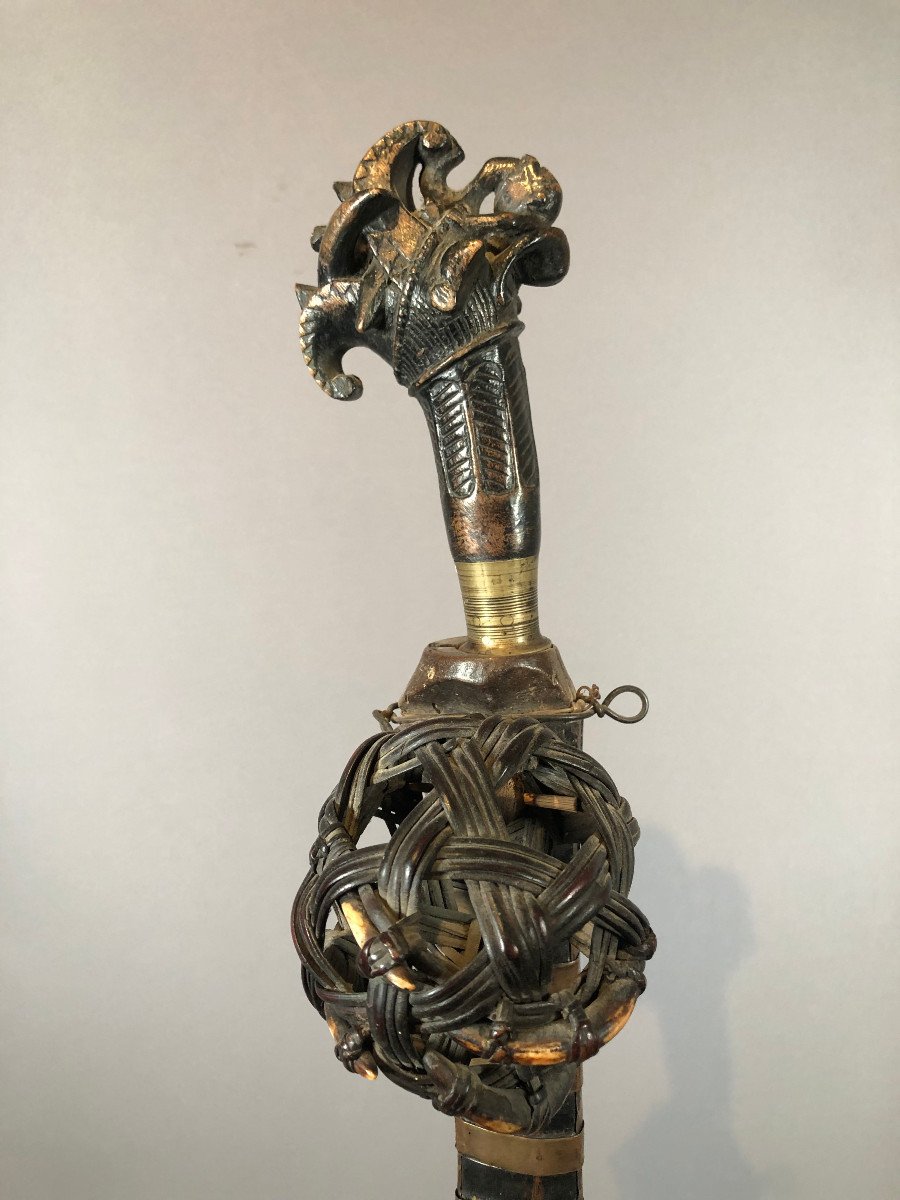


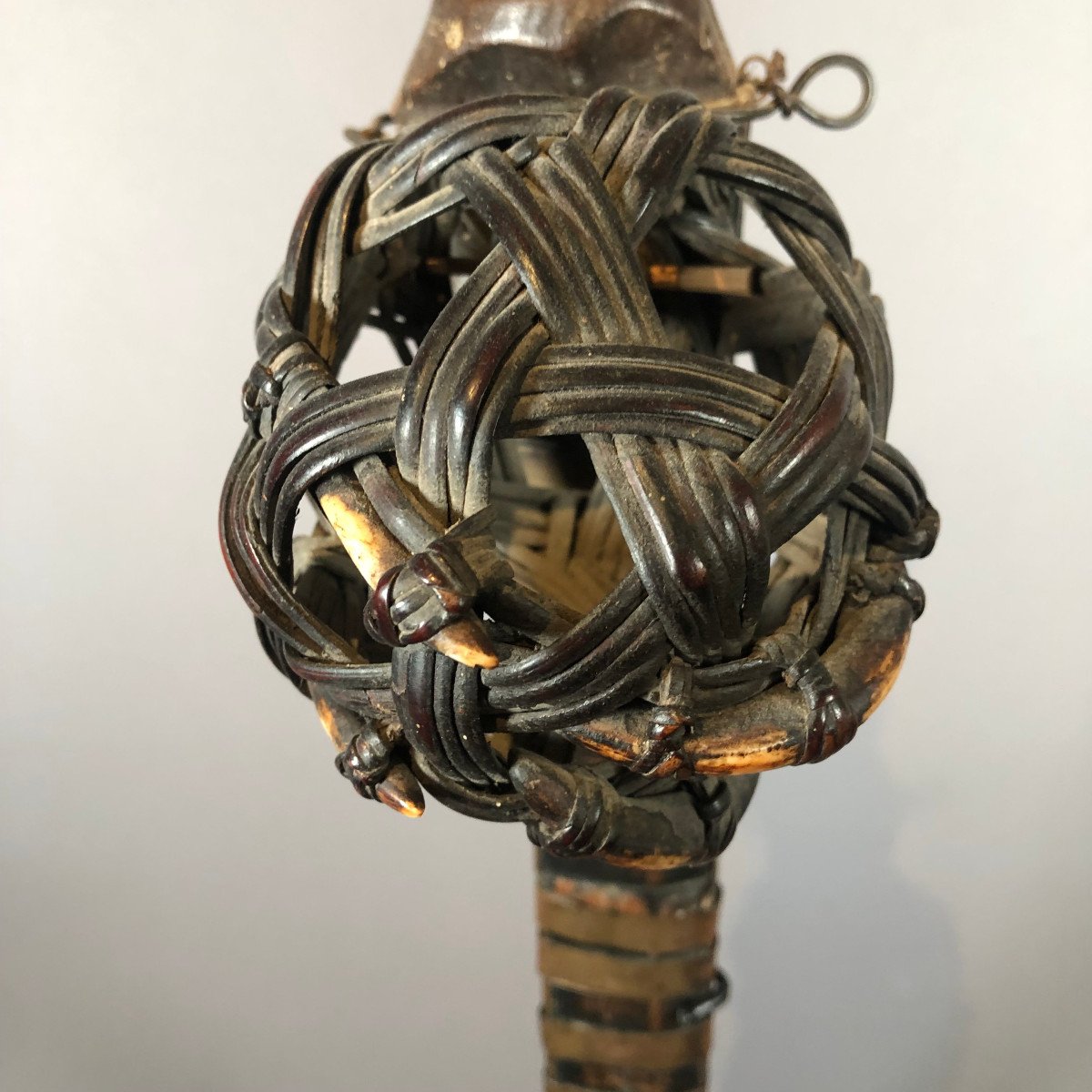
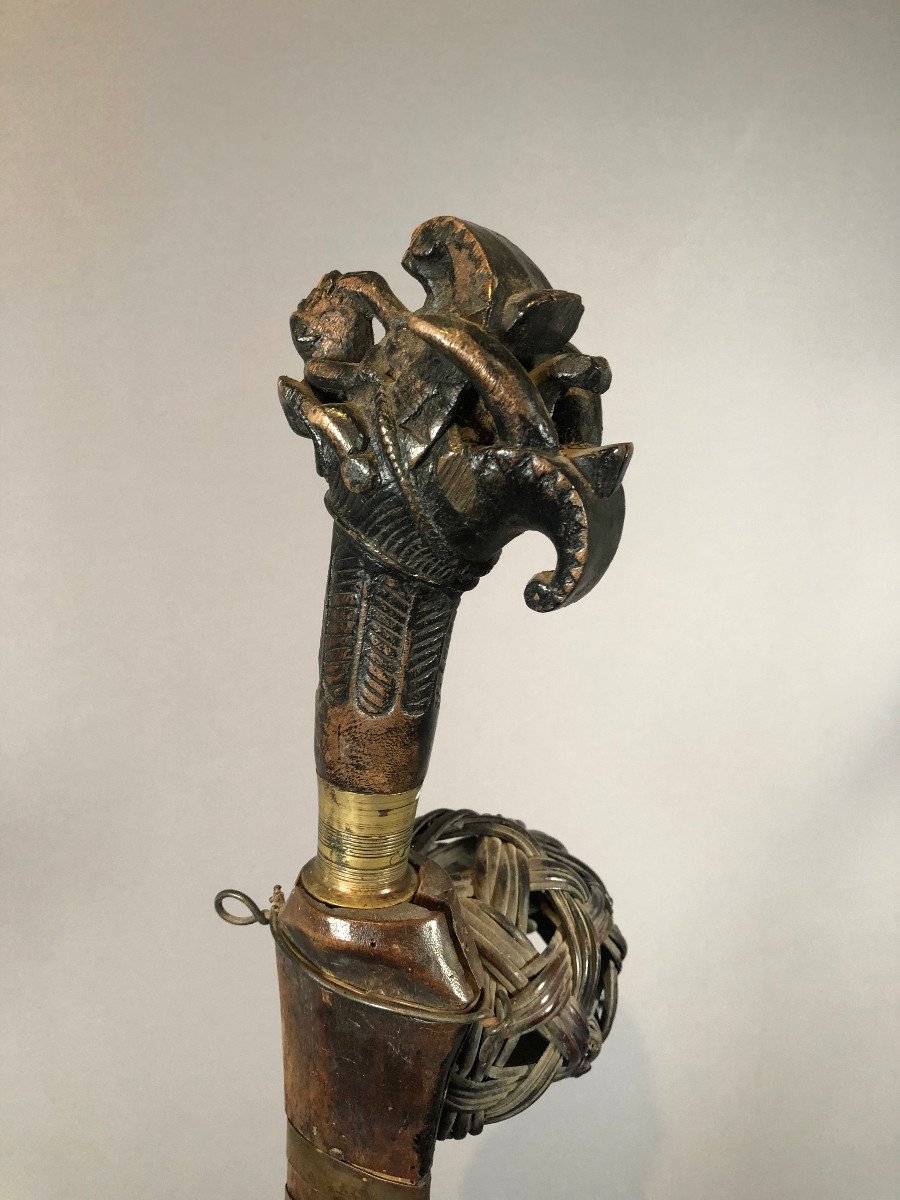
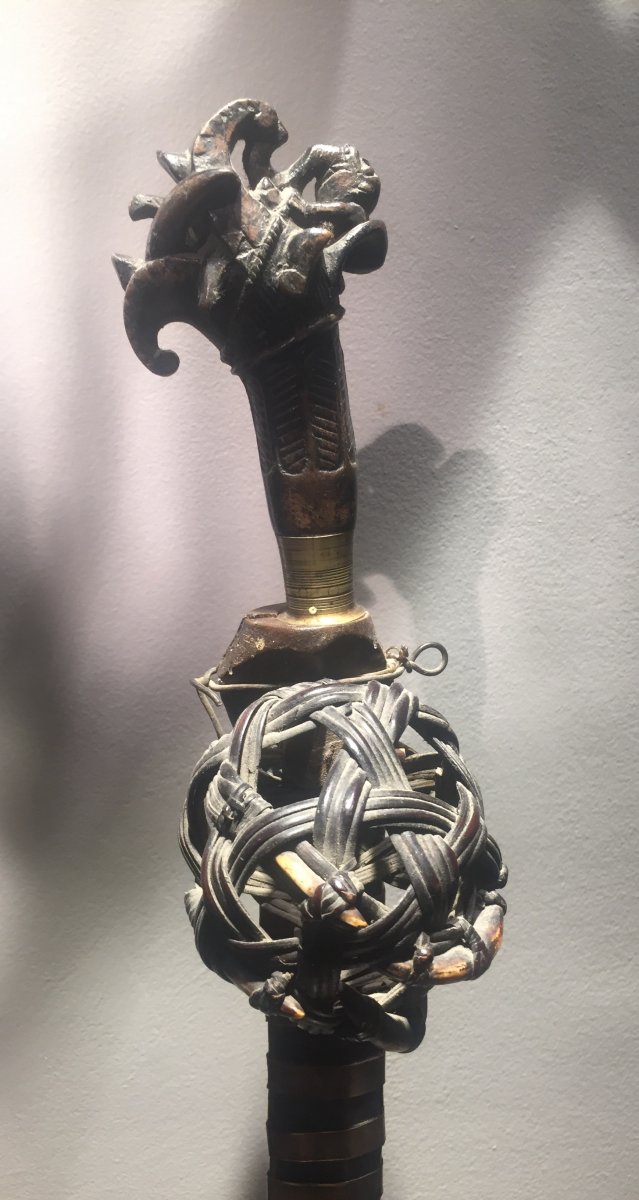
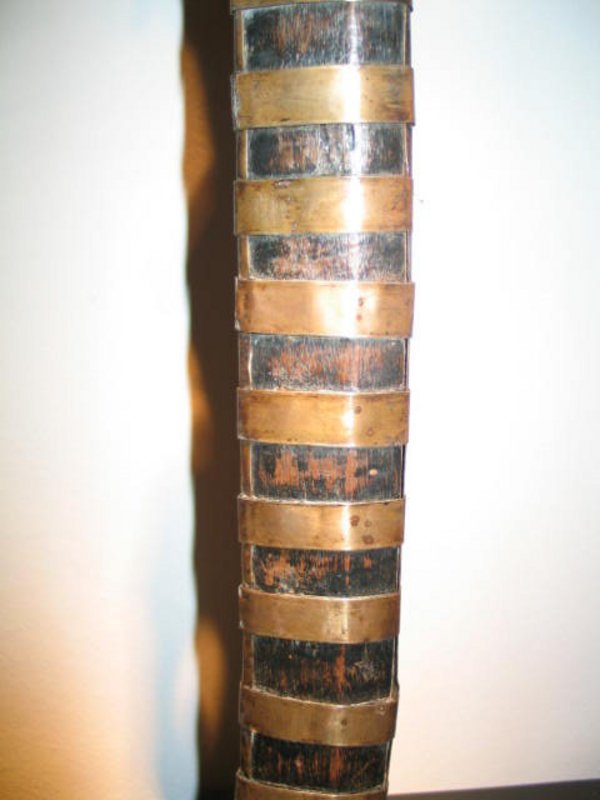

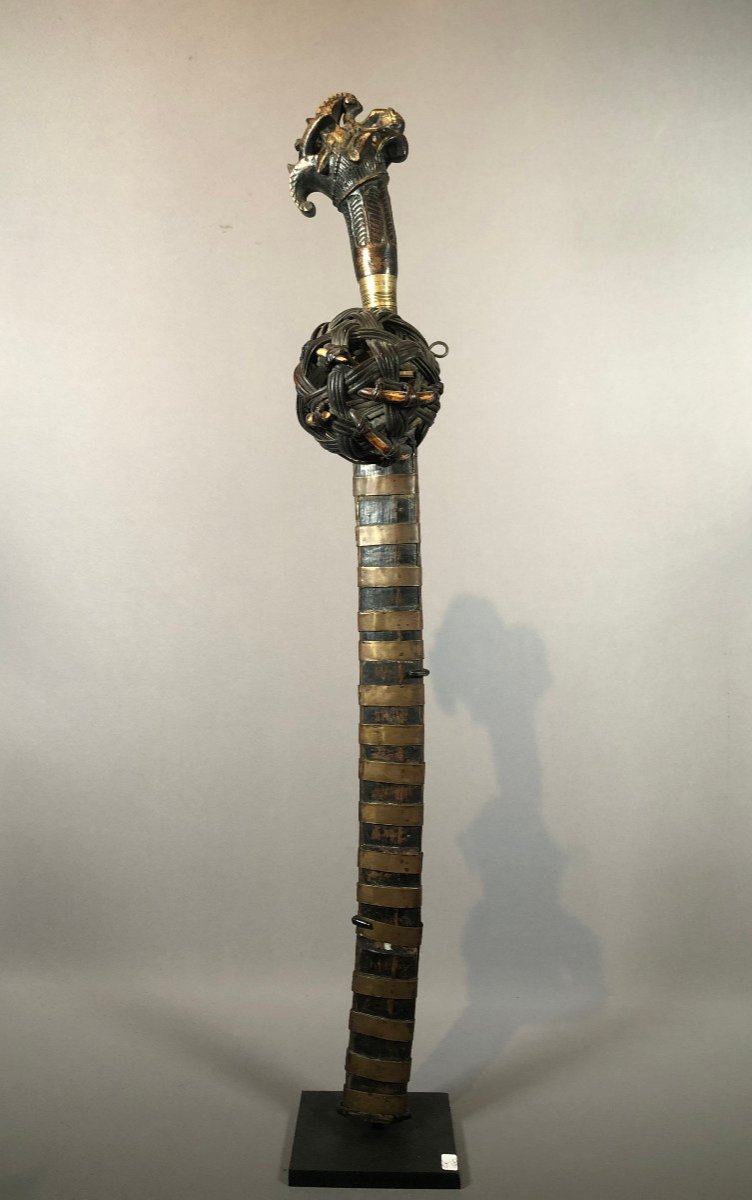







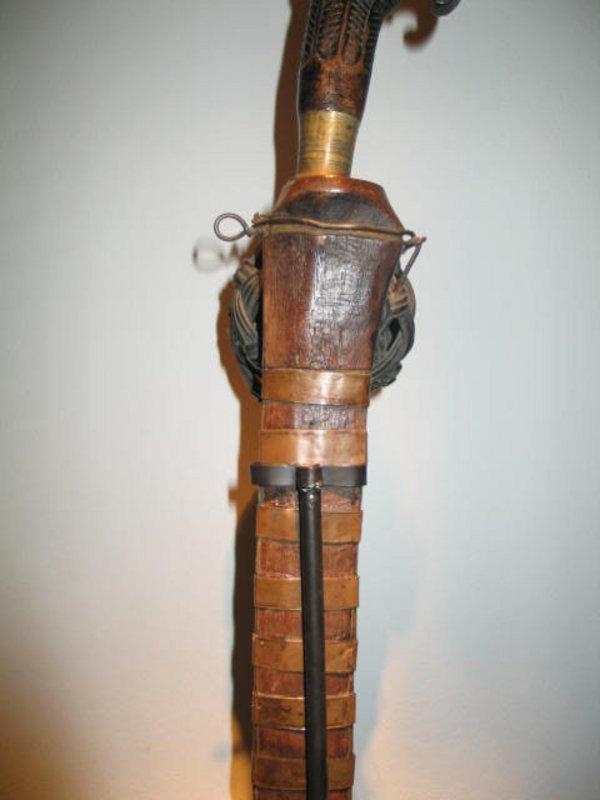








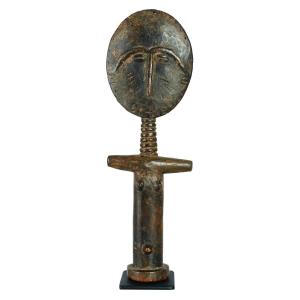

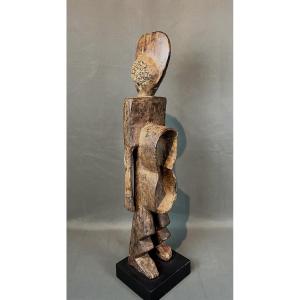

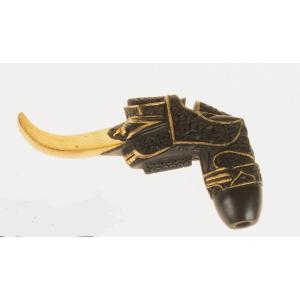
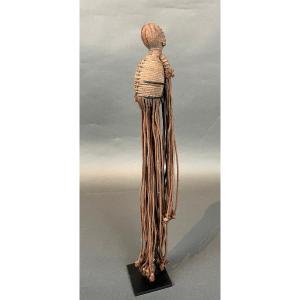
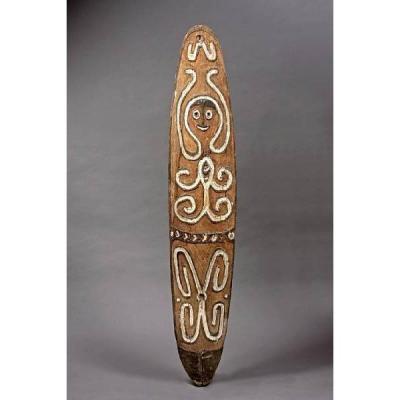


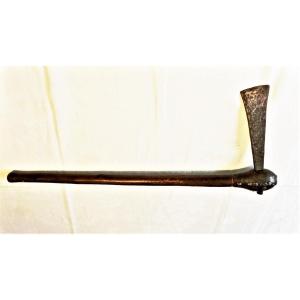
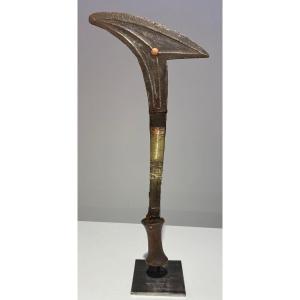
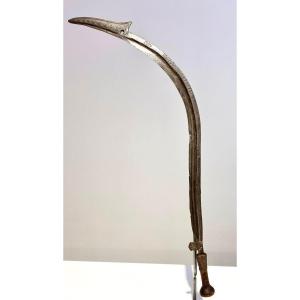

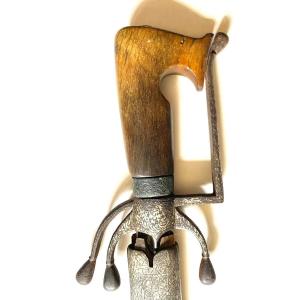




 Le Magazine
Le Magazine Rivista Artiquariato
Rivista Artiquariato TRÉSORS magazine
TRÉSORS magazine